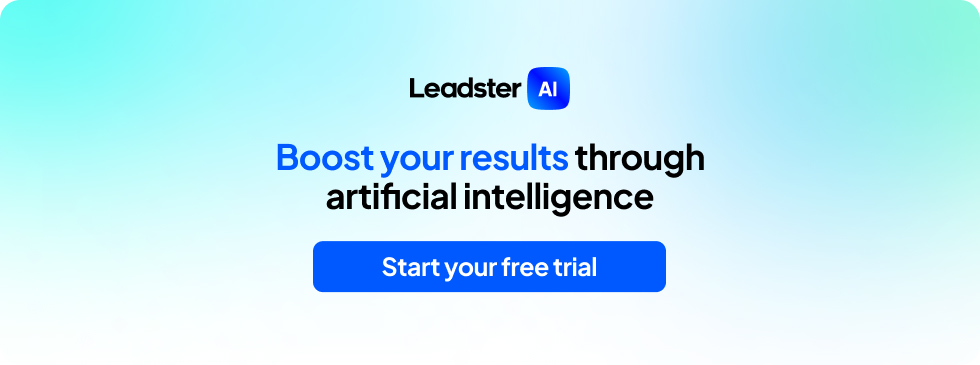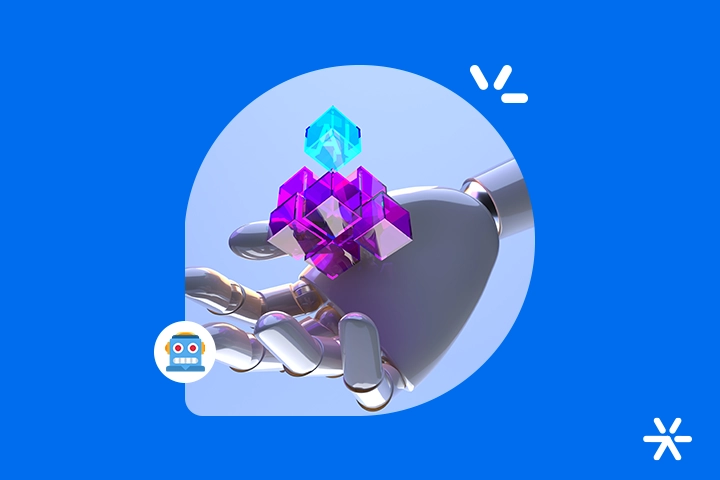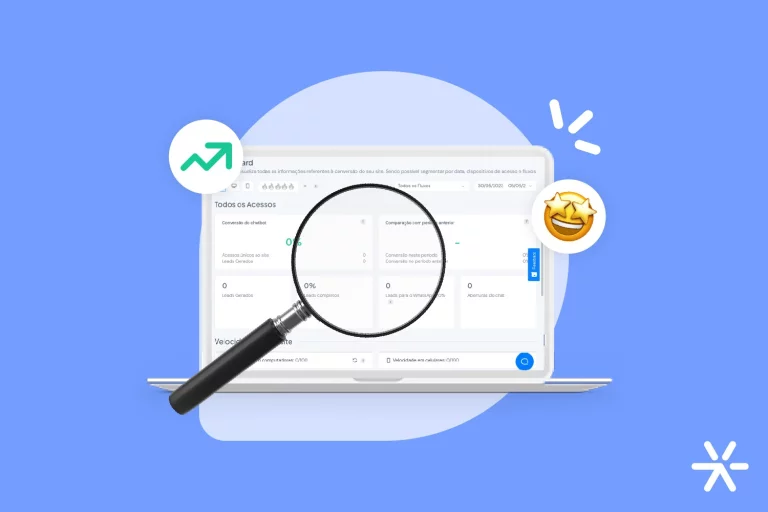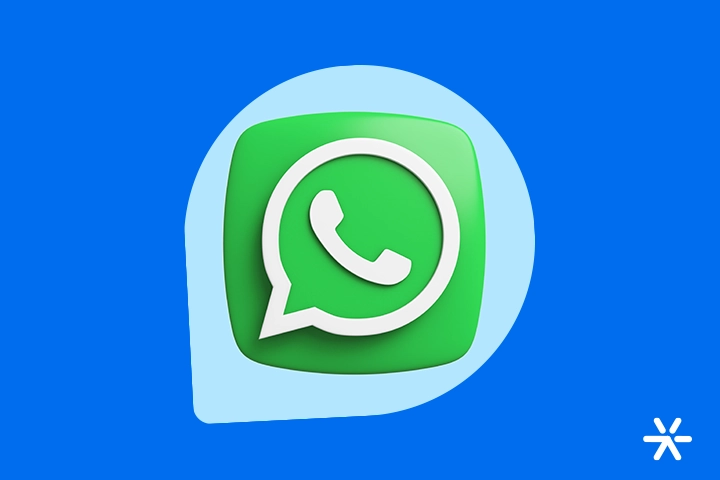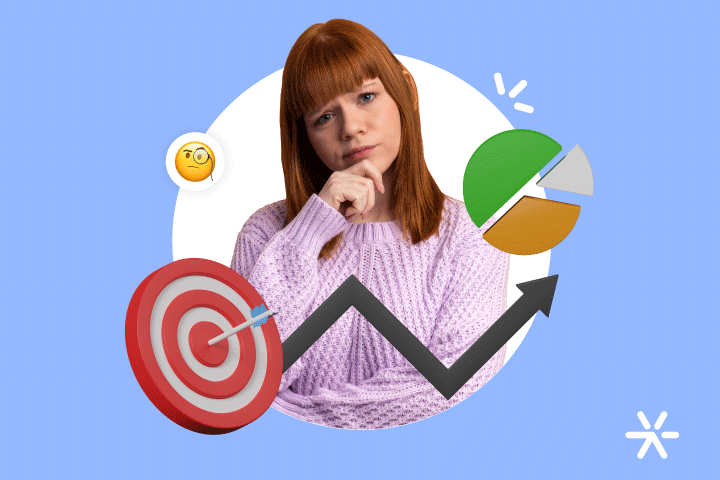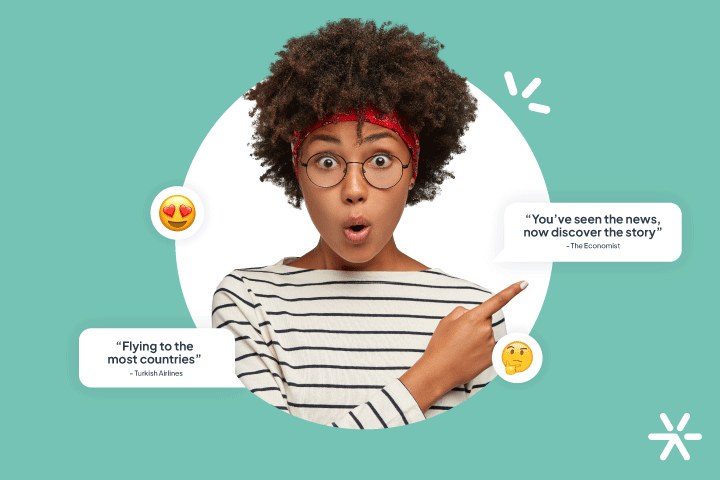How to Create Great Ad Creatives Using AI? + Examples
As soon as the first Artificial Intelligence hit the market, marketing departments worldwide began asking the same question: is it possible to create ad creatives using AI?
Today, we’ll see that yes, it is entirely possible to create ad creatives using Artificial Intelligence. In fact, you get to decide the complexity of your work.
Truly: there are already tools that can generate the entire ad without you even opening Photoshop or Illustrator.
But it’s also possible to go a step further, using AI as support to produce more personalized and creative ads.
Today, we’ll discuss both realities. Ready to learn more about how to create great ad creatives using Artificial Intelligence?
Starting from the Basics:
What Are Ad Creatives?
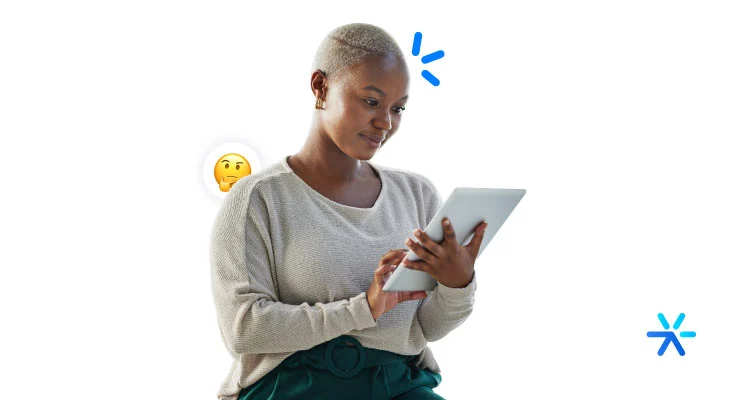
The ad creative is the image accompanying the ad.
It’s essential to make a fundamental distinction here because many people believe the creative is the ad itself, but that’s not entirely accurate.
Creatives are only the visual part of the ads. Typically, a Paid Media ad comprises several elements:
- The creative: article + image harmonized with copywriting principles.
- The copy: the article accompanying the ad, when necessary. It’s what we often refer to as the “caption” on social media.
- The audience: settings within the ad platform that determine interests, locations, and recent interactions of your audience.
This point may seem basic, but it’s good to start the article with this distinction.
Today, Artificial Intelligence can address all three of these aspects together. Tools already exist to create the entire creative, generate just the image, produce the creative and article, or even determine target audiences for your ads.
Of course, there are still some limitations. AI is still evolving, and these are just its first steps toward more complete automation in the future.
Are There Rules for Ad Creatives?
Absolutely. All ad platforms have image guidelines, but they’re becoming increasingly simple.
Years ago, for instance, Facebook wouldn’t display your ad if it had more than 25% text within the image.
Today, the requirements are simpler, focusing on image quality, animation duration (for GIFs), image size, format, etc.
Most marketers tend to address this during the ad upload process. If something’s off, the platform will notify you.
Since the requirements are less complex, adjustments are usually quick and take just a few minutes.
So, while ad creatives do have rules, they’re not overly restrictive and won’t significantly hinder your creation process.
For more in-depth knowledge, here’s a list of resources from the platforms themselves:
➡️ Google
➡️ Meta Ads
➡️ LinkedIn Ads
Where Are Ad Creatives Necessary?

Continuing with the basics, let’s talk about where you need to create creatives for advertising.
Some platforms only allow ads with images, others permit text ads alongside image ads, and some even allow video and image ads.
It’s important to understand these platforms thoroughly, but if you’re familiar with them, feel free to skip to the next section.
Here’s a breakdown:
Google Ads Display Network
The Google Ads Display Network uses ads displayed on other sites and apps as images or small GIFs.
Image requirements vary slightly depending on your ad’s setup—they can be larger or smaller.
This differs from the Search Network, also configured through Google Ads, which displays ads directly on Google search results pages.
In the Display Network, there are two types of ads with slightly different image requirements, but not by much.
There are display ads, which come with specific dimensions for the creative, which can either be a static image or a GIF animation of up to 30 seconds.
The other type of ad is the responsive ad, which adapts to the display requirements at the time. You upload several versions of your creatives, and depending on the user’s interaction, Google selects which version to show.
But the difference mainly lies in the image size when setting up the ad.
Given the wide range of display types, Google Ads wins the prize for having the most diverse ad creatives to master.
Other paid media platforms are simpler:
Instagram Ads
Instagram Ads operates with three image variations based on ad format:
- Square images: Minimum resolution of 500 x 600 and maximum of 1936 x 1936 pixels. Optional for single-image ads; required for carousel ads.
- Landscape images: Minimum resolution of 600 x 315 and maximum of 1936 x 1936 pixels. Optional for single-image ads; unavailable for carousel ads.
- Portrait images: Minimum resolution of 600 x 750 and maximum of 1936 x 1936 pixels. Required for Stories ads and videos in Reels; unavailable for feed ads.
You choose the ad type based on your business goals. For more information, read our article:
Facebook Ads
Facebook Ads divides its creatives for ads into two main categories: Feed ads and Facebook Stories ads.
Here are the specifications for each:
- In the Feed: image in .jpg or .png, maximum resolution of 1080 x 1080, minimum of 600 x 600, aspect ratio from 1.91:1 to 1:1;
- In the Stories: maximum size of 30 MB, aspect ratio of 9:16 and 4:5 to 1.91:1, image in .jpg or .png.
Facebook Stories ads are not as popular as Instagram’s, so it’s quite likely that you will spend most of your time working in the Feed.
We also have a comprehensive article on the topic already published on the blog, check it out:
TikTok Ads
TikTok Ads is not just video! It also allows static image ads, with the following recommendations:
- File format: .jpeg or .png;
- Image resolution: recommended minimum resolution of 1200 x 628 px;
- File size: no restrictions, recommended max of 500 KB.
These are the simplest recommendations so far, largely due to TikTok’s limitations in its ads.
It only allows vertical image format, so the ads tend to be quite similar to each other.
We also have a detailed article on TikTok Ads. Check it out below:
➡️ TikTok Ads: Everything You Need to Know — From Basics to Advanced
LinkedIn Ads
LinkedIn Ads formats are also simple but are divided into two types: single image ads and carousel ads.
Here are the specifications:
- Single Image: .jpg, .png or .gif, maximum size of 5 MB, and different aspect ratios depending on whether displayed on desktop or mobile. Click the link to learn more.
- Carousel: .jpg, .png or .gif, maximum size of 5 MB, square images in 1080 x 1080.
We also have an article on LinkedIn Ads published on the blog. It’s definitely worth reading:

What AI Tools Generate Ad Creatives?
Several Artificial Intelligence tools today can create ad images with just a few clicks.
These tools, which only produce images, are everywhere. In fact, we recently published an article on our blog featuring 18 of them.
Now it’s a bit harder to find AI applications that handle creating full ad creatives, but these platforms are also emerging in the market.
The field of Traffic Management has always been quite dependent on designers’ work, which often causes bottlenecks in marketing departments and agencies.
Take, for example, Google Ads Display Network ads: a single campaign can require 14 variations of the same creative, each with a different size — and quite different sizes at that!
Before AI, our only options were to either wait for the designer to finish one task before starting another or simply hire more people.
But how exactly does AI work in creating these ads? Let’s take a closer look at the available tools, and by the end of this article, we’ll share some examples created using one of these tools.
Shall we?
Image Tools
There are already many tools today capable of creating all kinds of images for you to assemble ad creatives.
In the article mentioned earlier on this topic, we presented 18 different tools, including Leonardo, Stable Diffusion, DALL-E 2, and others that are less well-known.
However, these tools do not directly create ad creatives — they only generate images that can be part of them.
Even so, these images often require significant editing to meet platform standards and align with ad objectives.
The process of creating images is simple: you just need a prompt to start experimenting.
While they don’t generate complete ad creatives, these AI tools speed up the process of searching for images that match the briefing, compared to scouring free resources like Freepik.
You simply use the briefing as a prompt, and voilà — you have several image options to create your ad creatives in just a few seconds.
Text Tools
You can also use ChatGPT to get extra help when creating ad creatives.
ChatGPT offers you various options for any text you need in your ad, even adhering to the character limits imposed by platforms.
However, generating text from scratch isn’t its strongest suit since it doesn’t know as much about your product and business as you do.
That said, it’s fully capable of providing ideas for headlines and even shortening overly long texts to meet platform character limits.
Speaking of which, we also have a completely free Ad Text Counter that tells you how many characters you have left for any of the main ad platforms.
And now for the most interesting part of this article so far:
Tools That Create Entire Ads
The AI tools you should really keep an eye on are those capable of creating full ad creatives that meet platform standards.
At the time this article was written, there were only a few platforms capable of this task. I tested AdCreative.ai to understand its functionality, and we’ll use it as an example throughout this article.
At the end, I’ll also share a list of other AI tools for creating great ad creatives.
With this platform, you can create your brand or ask the AI to scan and understand your website. From there, you can create your ads with various configurations that ad platforms require, including Google Display Network.
Below is a complete guide on how to create your first ad creatives using Artificial Intelligence.
How to Generate Ad Creatives with AI?
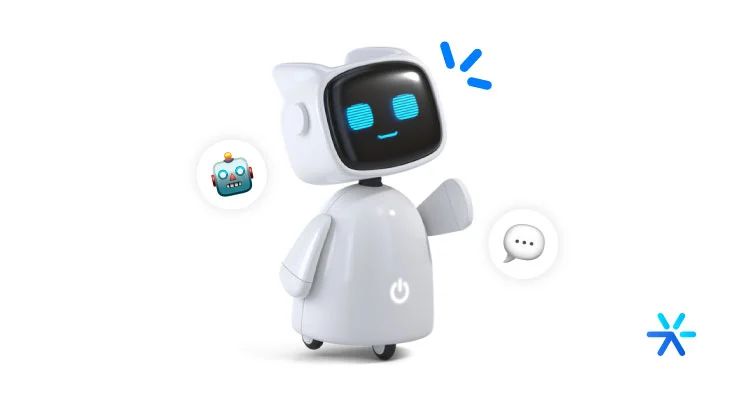
At the risk of giving undue promotion to AdCreative, I’ll walk you through a simple step-by-step process for creating your first ads using the platform.
But just to be clear, it still has several limitations, the main one being the creativity of the ad itself.
All the options the platform offers are quite standardized, making it impossible to deviate from them to create something different.
It doesn’t work like Canva, for example, which, despite its limitations in image generation, offers a vast array of resources for your creations.
The major advantage of using AI for ad creatives today is speed. The final result won’t be groundbreaking, but it also won’t let you down.
Here’s a quick example of the type of ad you can create using the platform:
And now, let’s see how the process works in practice:
1. Configuring Your Brand
AdCreative allows you to upload your logo and adjust the colors that will compose your ads. This is the extent of the branding the platform offers in 2023.
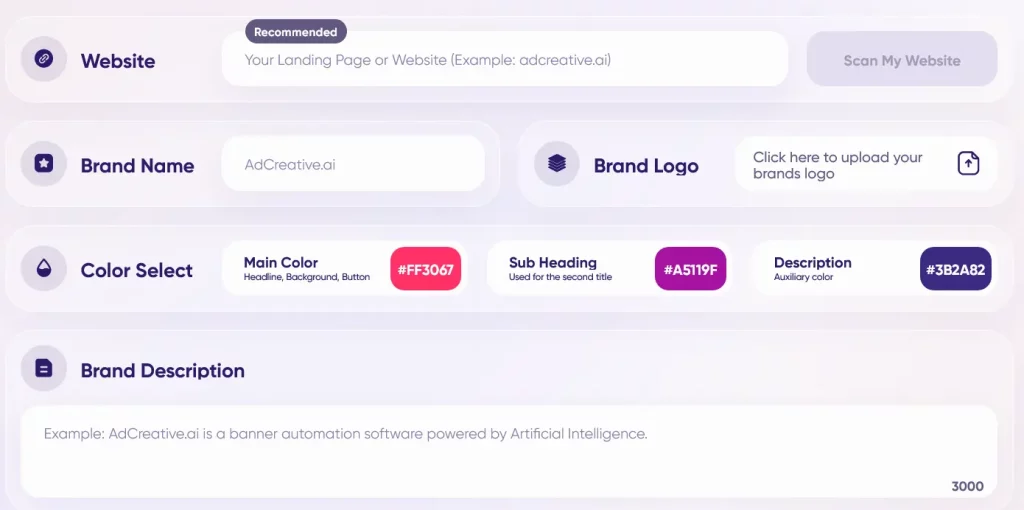
This is the main menu for the branding section of AdCreative. By entering your website at the top and asking the tool to scan it, you can fill in fields like Brand Description and select colors.
Unfortunately, these are the only branding options the platform provides. But let’s move on to creating the post:
2. Creating Your Ad Creatives
The next step is to actually create your ads through the platform. This is quite straightforward: there’s a large “Generate” button on the left side of the screen. When you click it, this window appears:
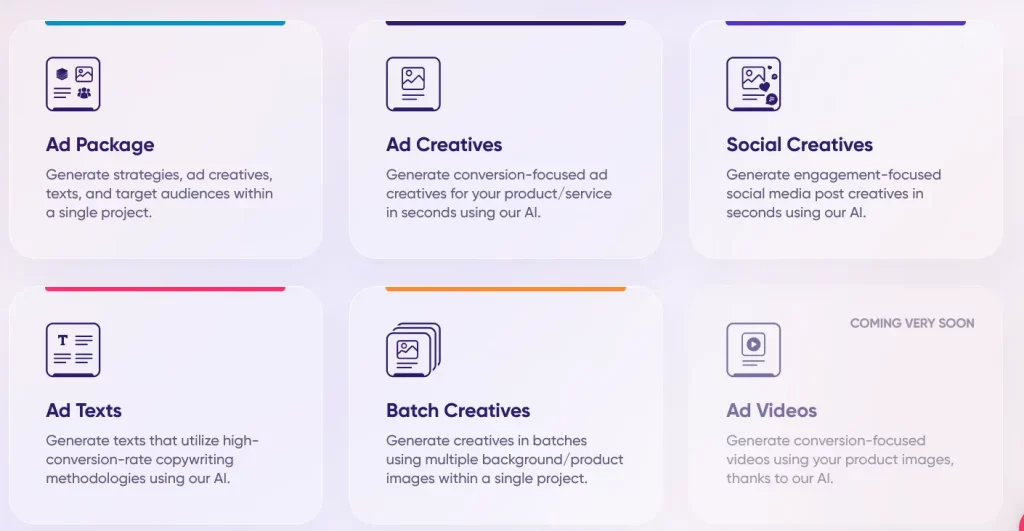
Here, you’ll choose the type of ad creative you need.
The first option, Ad Package, is the most advanced: it helps configure your campaign and produces materials tailored to your needs automatically.
But let’s use a simpler example, creating ad creatives with the second option. When you click it, this screen opens:
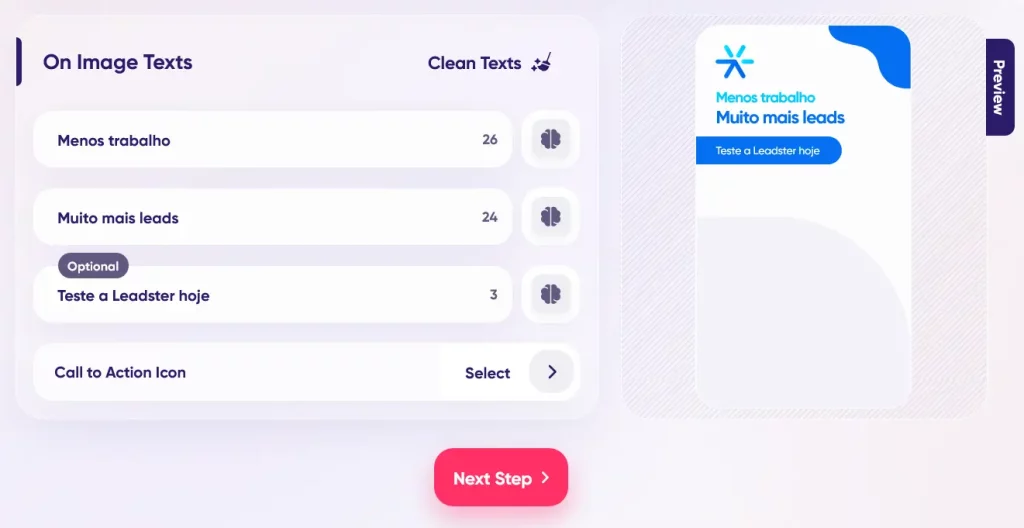
In this case, we’re testing a story format, but the platform asks you to choose the format you need before arriving at this screen.
Here, you configure your article — with AI assistance if needed — and proceed to select an image.
The platform offers integration with stock image platforms as well, providing many free — and paid — image options without requiring any additional downloads.
If you need to use an image from your computer, the platform also supports that seamlessly.
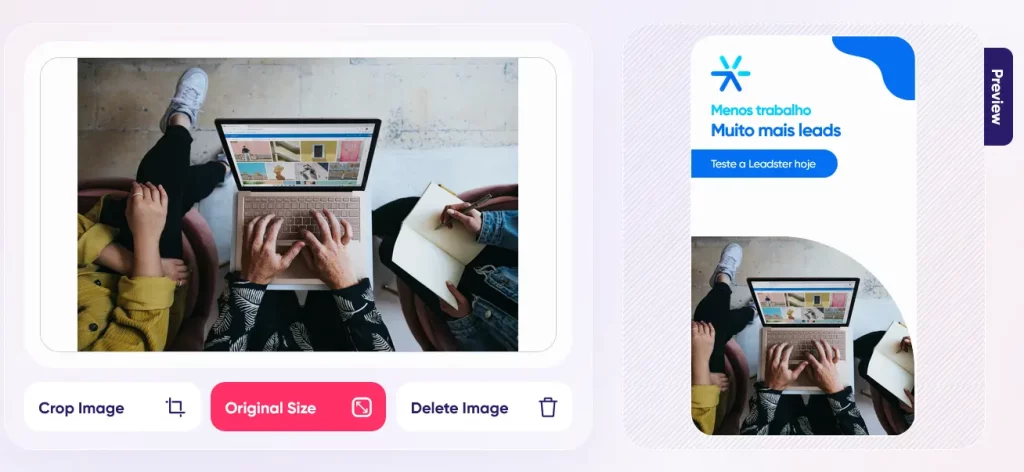
Once the image is selected, you’re ready to generate your post. More on that now:
3. Reviewing the Results and Choosing the Creative
Similar to other platforms that perform this task, AdCreative doesn’t deliver just one result — it provides over 100 variations simultaneously.
This is crucial for generative AI in advertising, offering more value compared to AI tools that only generate images.
Ads require an extra layer of assessment during the selection process. You need to evaluate the font, CTA placement, image positioning, font size, etc.
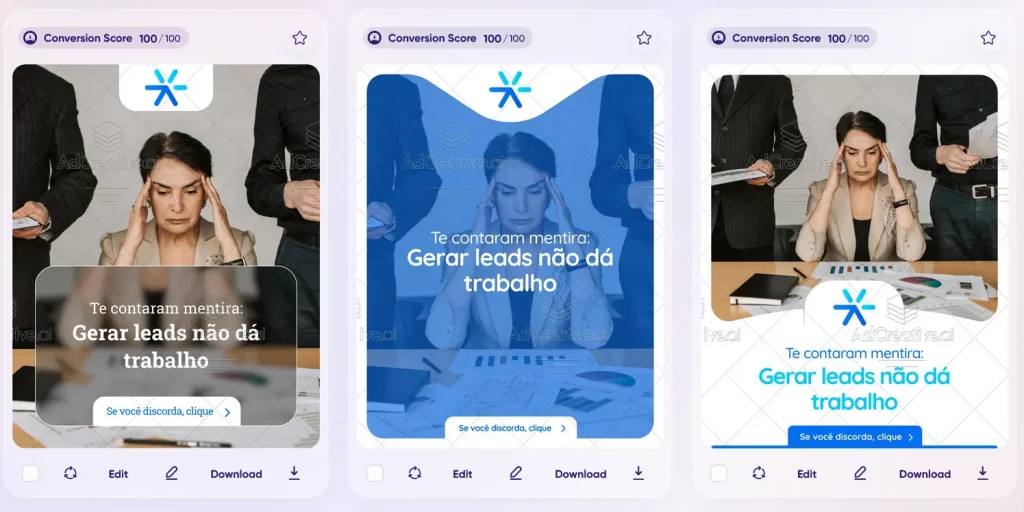
Without this analysis, it’s challenging to guarantee your ad’s success.
The platform delivers simple variations, always paying close attention to your logo, using the right colors, but often providing highly similar results.
This is the limitation of current AI tools for ad creatives: they work within predefined standards and rarely deviate.
Over time, we hope these tools become more advanced and “creative.”
For now, the ability to quickly generate numerous ad creatives at once is already a great help for businesses managing multiple campaigns.
What do you think about analyzing the results I found after completing this process? Let’s dive into the final section together:
Examples of Ad Creatives Using AI
As you may have noticed, AdCreative excels on the “ad” part but falls short on the “creative” aspect.
As we discussed, this is common during these early stages of AI development.
Even so, the time you save by not spending the entire day creating campaigns already makes the investment worthwhile.
And in this case, I can speak from experience: I personally tested the tool and produced over 500 ads in just under an hour.
I’ve brought the results here for you to review and share your thoughts. Let’s start with the most challenging one:
Google Ads Display Network
AdCreative supports the following formats for the Google Ads Display Network:

Unfortunately, it’s not possible to produce all the creatives at once. In other words, you choose one image and one article, and that’s it — all formats are generated simultaneously.
To create ad creatives, you’ll need to repeat the process for each format you want to generate, okay?
For the test, I chose the skyscraper format. Check out the result below:

Instagram Ads
Within the Instagram Ads creation module, you can create not only square posts but also rectangular ones and stories.
This is particularly useful because Instagram’s story format also works for TikTok and Facebook due to the similar dimensions.
That’s why, when selecting the post format, you’re presented with a menu of sizes instead of choosing the social network where you’ll advertise.
Below is an example of a rectangular Instagram ad:
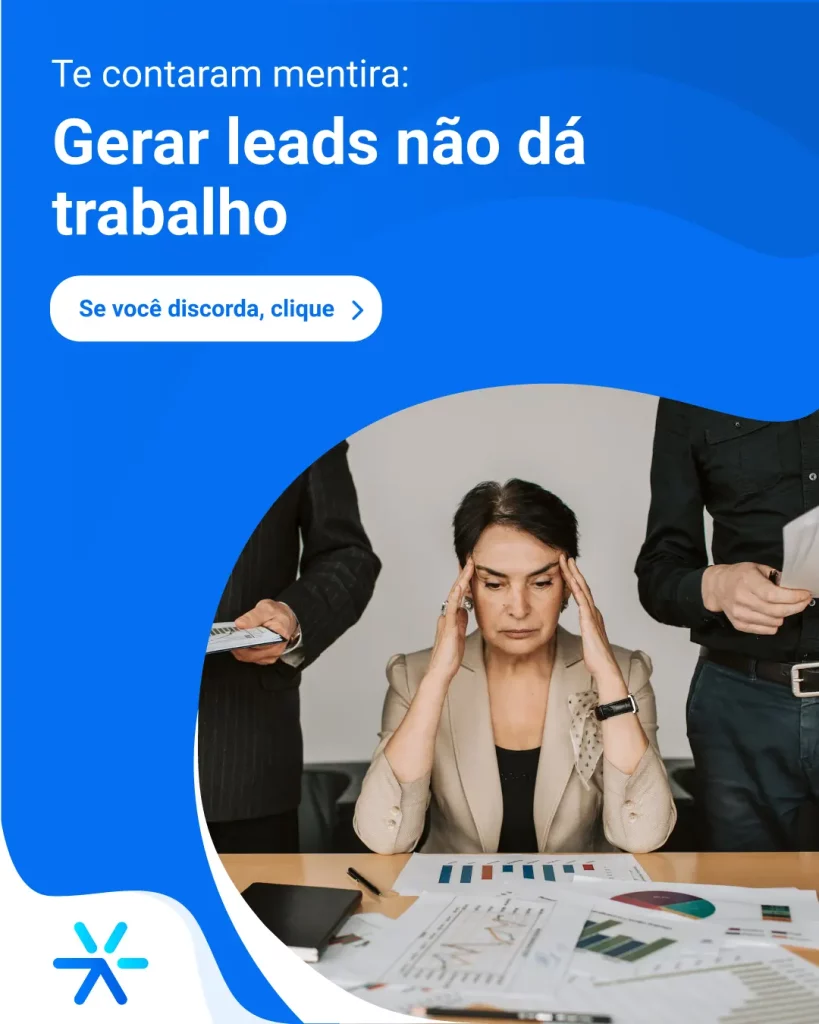
Facebook Ads
Creating Facebook ads is by far the easiest of all.
This is because, given the popularity of square ads, you won’t need to create numerous different formats or make too many adjustments.
However, you’ll still need to tweak a few things here and there, okay? Even though the ads come out “ready,” they still have some performance limitations in terms of design, font, CTA, and so on.
Here’s an example of a Facebook ad creative made with AI:

This creative can also be used for LinkedIn Ads, which shares the same image size configuration.
TikTok Ads
The example for TikTok Ads can also be used as a story, as we discussed earlier.
The 9:16 aspect ratio typically indicates a resolution of 1080 x 1920, native full HD, and in portrait format.
Both TikTok and Stories use the same resolution due to the smartphone screen orientation.
See the example below:
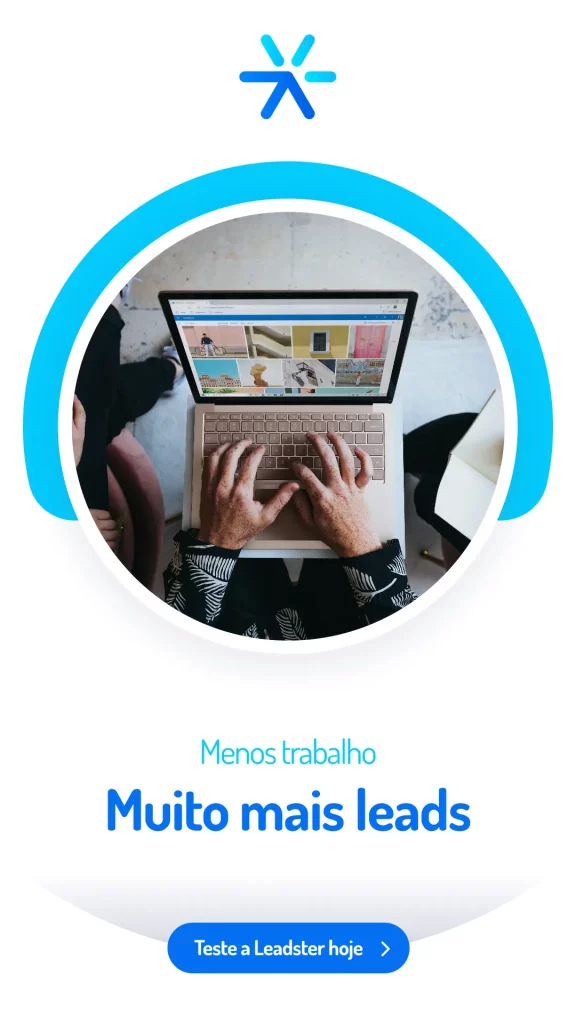
Before we wrap up the article, I’d like to highlight that while these examples are practical, they may still fall short for many businesses.
What’s interesting about AI-generated ads is how they reduce the workload for your designers, allowing them to focus on more complex tasks instead of spending time creating multiple versions of ad creatives.
However, the results presented here show some limitations. For example, the lack of fidelity to your brand guide, the use of slightly odd fonts, and so on.
Not to mention the most critical point: out of the hundreds of ads generated, only a few are truly usable. The majority of the other results have layout issues.
Thanks for reading, and I’ll see you in the next article!
